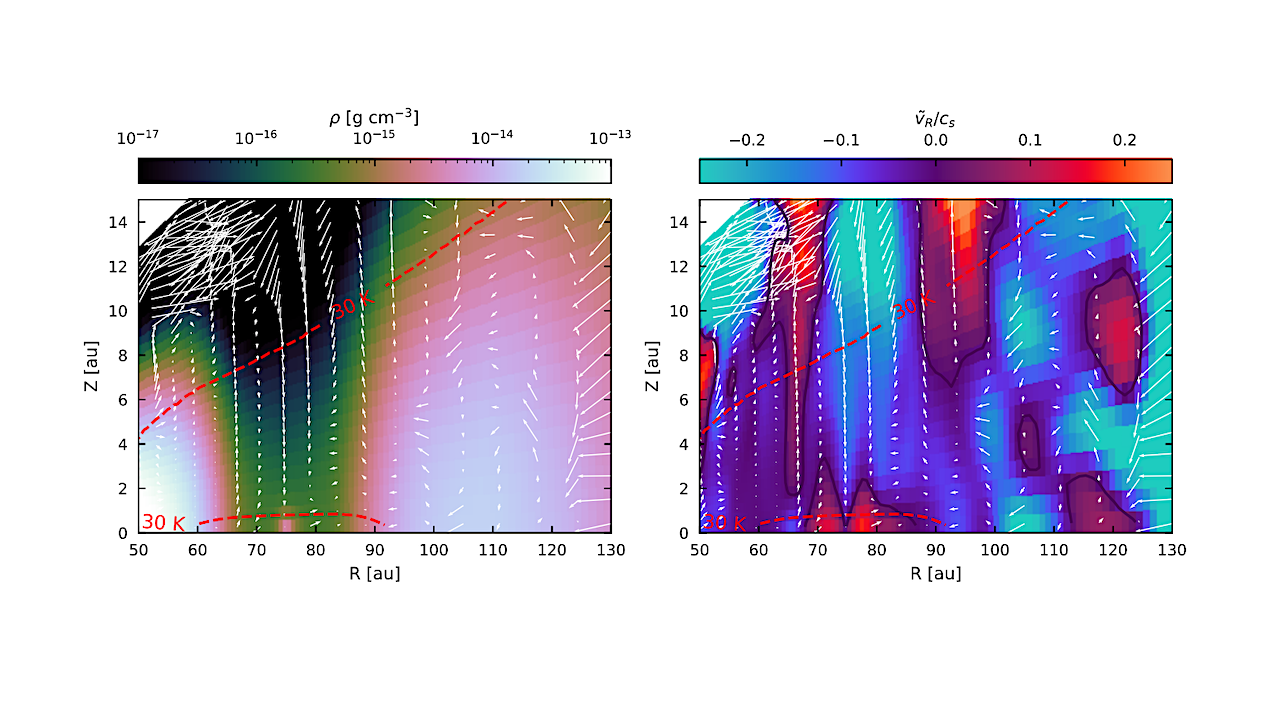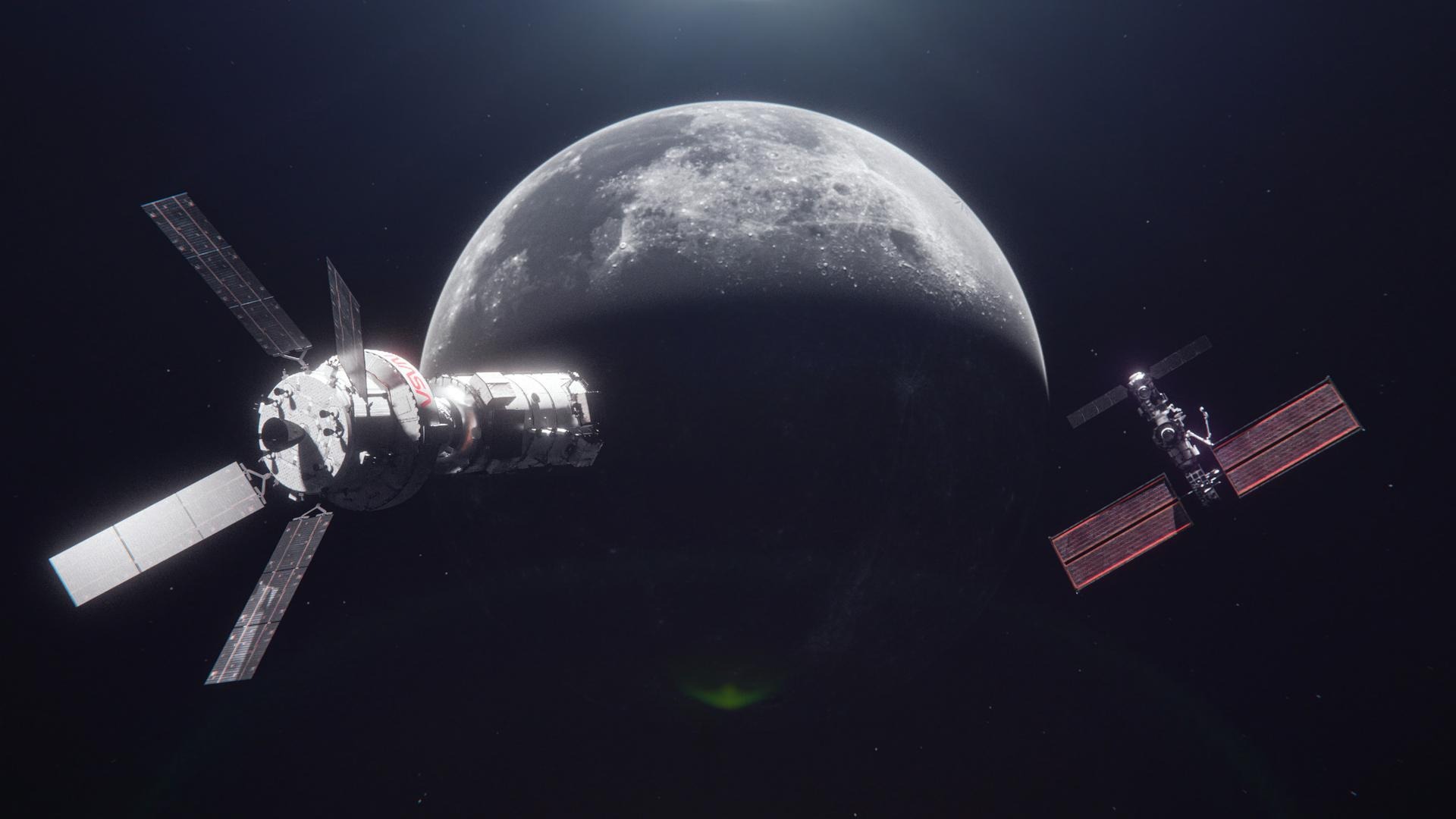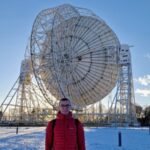Now Reading: A Closed-Form Analytical Theory of Non-Isobaric Transmission Spectroscopy for Exoplanet Atmospheres
-
01
A Closed-Form Analytical Theory of Non-Isobaric Transmission Spectroscopy for Exoplanet Atmospheres
A Closed-Form Analytical Theory of Non-Isobaric Transmission Spectroscopy for Exoplanet Atmospheres


Comparison between the analytical transmission models and the empirical spectra. Top: Earth’s transmission spectrum from Macdonald & Cowan (2019, 2023) derived from ACE-FTS solar-occultation measurements. The empirical spectrum is shown as a solid black line, the isobaric analytical model as a blue curve, and the generalized non-isobaric model as an orange curve. Bottom: JWST transmission spectrum of WASP-39b from the ERS program (Rustamkulov et al. 2023; Tsai et al. 2023), shown as black points with 1σ error bars, compared with the same analytical models (blue: isobaric; orange: non-isobaric). In both cases the non-isobaric formulation reproduces the relative depths and shapes of the major molecular bands, notably the SO2 and CO2 features, more faithfully than the classical isobaric approximation. — astro-ph.EP
Analytical models are essential for building physical intuition and guiding the interpretation of exoplanet observations by clarifying the dependencies that shape atmospheric signatures.
We present a generalization of the classical isothermal, isobaric transmission model by allowing the opacity to vary with pressure as a power law, κ∝Pn, and explicitly defining the reference opacity κ0 at a chosen pressure P0. By treating the slant optical depth as an Abel transform of the radial absorption coefficient, we derive a closed-form expression for the effective transit radius in a hydrostatic, isothermal atmosphere with pressure-dependent opacity.
The solution provides a compact framework for exploring non-isobaric effects and explicitly links the vertical opacity gradient to observable spectral features. We benchmark the model against empirical transmission spectra of Earth and the hot Jupiter WASP-39b, finding a significantly improved fit relative to the isobaric formula.
This generalized expression offers a physically interpretable foundation for analyzing high-precision spectra from JWST and upcoming ARIEL observations, and can serve as a basis for semi-analytical retrieval approaches optimized for computational efficiency.
Leonardos Gkouvelis
Comments: Submitted to The Astrophysical Journal
Subjects: Earth and Planetary Astrophysics (astro-ph.EP)
Cite as: arXiv:2511.07656 [astro-ph.EP] (or arXiv:2511.07656v1 [astro-ph.EP] for this version)
https://doi.org/10.48550/arXiv.2511.07656
Focus to learn more
Submission history
From: Leonardos Gkouvelis
[v1] Mon, 10 Nov 2025 22:04:33 UTC (1,013 KB)
https://arxiv.org/abs/2511.07656
Astrobiology,
Stay Informed With the Latest & Most Important News
Previous Post
Next Post
-
 012024 in Review: Highlights from NASA in Silicon Valley
012024 in Review: Highlights from NASA in Silicon Valley -
 02Panasonic Leica Summilux DG 15mm f/1.7 ASPH review
02Panasonic Leica Summilux DG 15mm f/1.7 ASPH review -
 03How New NASA, India Earth Satellite NISAR Will See Earth
03How New NASA, India Earth Satellite NISAR Will See Earth -
 04And Thus Begins A New Year For Life On Earth
04And Thus Begins A New Year For Life On Earth -
 05Astronomy Activation Ambassadors: A New Era
05Astronomy Activation Ambassadors: A New Era -
06SpaceX launch surge helps set new global launch record in 2024
-
 07Space Force plans new ‘Futures Command’ amid pressure to speed up modernization
07Space Force plans new ‘Futures Command’ amid pressure to speed up modernization





















